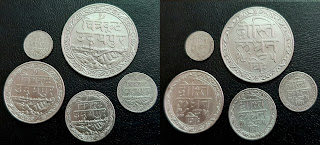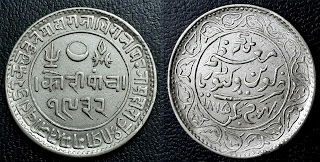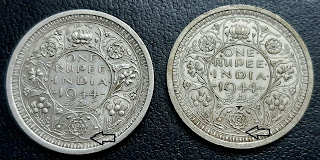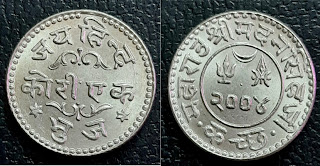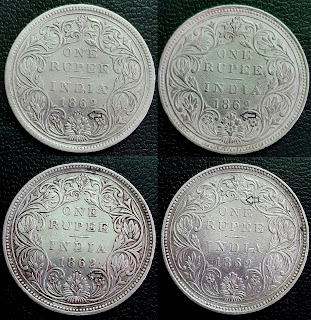The Half Anna
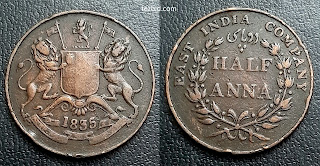
The anna, together with the rupee and the paisa, formed the basis of the Indian currency system (1 Rupee = 16 anna = 64 paisa) till 1957. Higher denomination coins such as the rupee, half rupee were minted in silver while lower value coins such as one-quarter anna (1 paisa), 1/12 anna (one pie) or ½ pice were minted in copper and bronze. The half anna (1/32 rupee or 2 paisa) was the highest of these lower value copper/bronze coins. Half Anna, 1835, East India Company The first pan-India half anna coin was introduced in 1835 by the East India Company – this was a large coin about 30 mm in diameter and 12.95 grams in weight – slightly larger than the silver rupee and the largest coin in mainstream circulation. The obverse carried the coat of arms of the East India Company – two lions holding a shield with St. George’s Cross in between, with the date below and a Latin inscription underneath. These coins were minted in Bombay and Calcutta mints. Half Anna, 1862, British India After 18

